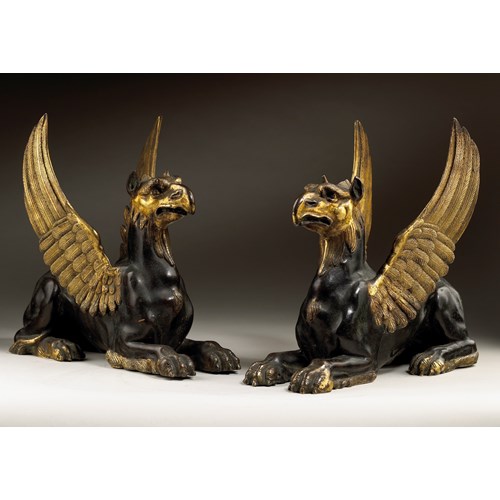Marketplace
2. Axe Head
2. Axe Head
Epoque 2nd - 1st millenia B.C.
Medium Bronze
Dimension 16.4 x 12.4 cm (6¹/₂ x 4⁷/₈ inches)
The present axe head is characterised by a narrow neck that connects a sharp, demi-lune blade on one side
with a rounded edge on the other. The pronounced nature of the curvature of the blade is similar to those
found in axe heads from the Luristan region, in present-day Western Iran, from the second and first
millennia B.C. (figs. 1-2). These examples, however, display a degree of decoration absent from the present
axe, which suggests our specimen could also have originated in a different region. Bronze Age Anatolian
axes, produced by the Hittites, have a similarly configured double head, with one end rounded, and also
bear no signs of decoration (fig. 3; see T. Yildirim, “A Group of Hittite Bronze Objects from the Seben
District of Bolu”, Anatolica, XXVII, 2001, pp. 127-144).
In the nineteenth century, the present axe was owned by the Sauerborn and Maurer families, who came
from Koblenz in central Germany. They were a family of doctors, pharmacists and pastors. Professor Dr
Heinz Hungerland (1905–1987), their descendant, was a German physician and paediatrician. He was Head
of the University of Giessen and Director of the University Children’s Hospital in Bonn. After the war, he
became a professor of paediatrics at the Medical Academy of the University of Giessen and, from 1951-
1957, he was director of the Children’s Hospital there. In 1958, Professor Dr Hungerland received a call to
the University of Bonn for the chair of Paediatrics, where he taught until his retirement in 1973. Since 1968
he was also chairman of the German Society for Paediatrics and Youth Medicine.
with a rounded edge on the other. The pronounced nature of the curvature of the blade is similar to those
found in axe heads from the Luristan region, in present-day Western Iran, from the second and first
millennia B.C. (figs. 1-2). These examples, however, display a degree of decoration absent from the present
axe, which suggests our specimen could also have originated in a different region. Bronze Age Anatolian
axes, produced by the Hittites, have a similarly configured double head, with one end rounded, and also
bear no signs of decoration (fig. 3; see T. Yildirim, “A Group of Hittite Bronze Objects from the Seben
District of Bolu”, Anatolica, XXVII, 2001, pp. 127-144).
In the nineteenth century, the present axe was owned by the Sauerborn and Maurer families, who came
from Koblenz in central Germany. They were a family of doctors, pharmacists and pastors. Professor Dr
Heinz Hungerland (1905–1987), their descendant, was a German physician and paediatrician. He was Head
of the University of Giessen and Director of the University Children’s Hospital in Bonn. After the war, he
became a professor of paediatrics at the Medical Academy of the University of Giessen and, from 1951-
1957, he was director of the Children’s Hospital there. In 1958, Professor Dr Hungerland received a call to
the University of Bonn for the chair of Paediatrics, where he taught until his retirement in 1973. Since 1968
he was also chairman of the German Society for Paediatrics and Youth Medicine.
Epoque: 2nd - 1st millenia B.C.
Medium: Bronze
Dimension: 16.4 x 12.4 cm (6¹/₂ x 4⁷/₈ inches)
Provenance: Sauerborn and Maurer Family Collection, Koblenz, Germany, 19th century
and by descent to Professor Dr Heinz Hungerland (1905–1987) and Dr Gisela Hungerland, Andernach, Germany
Gordian Weber Kunsthandel, Cologne, until 2013
Plus d'œuvres d'art de la Galerie


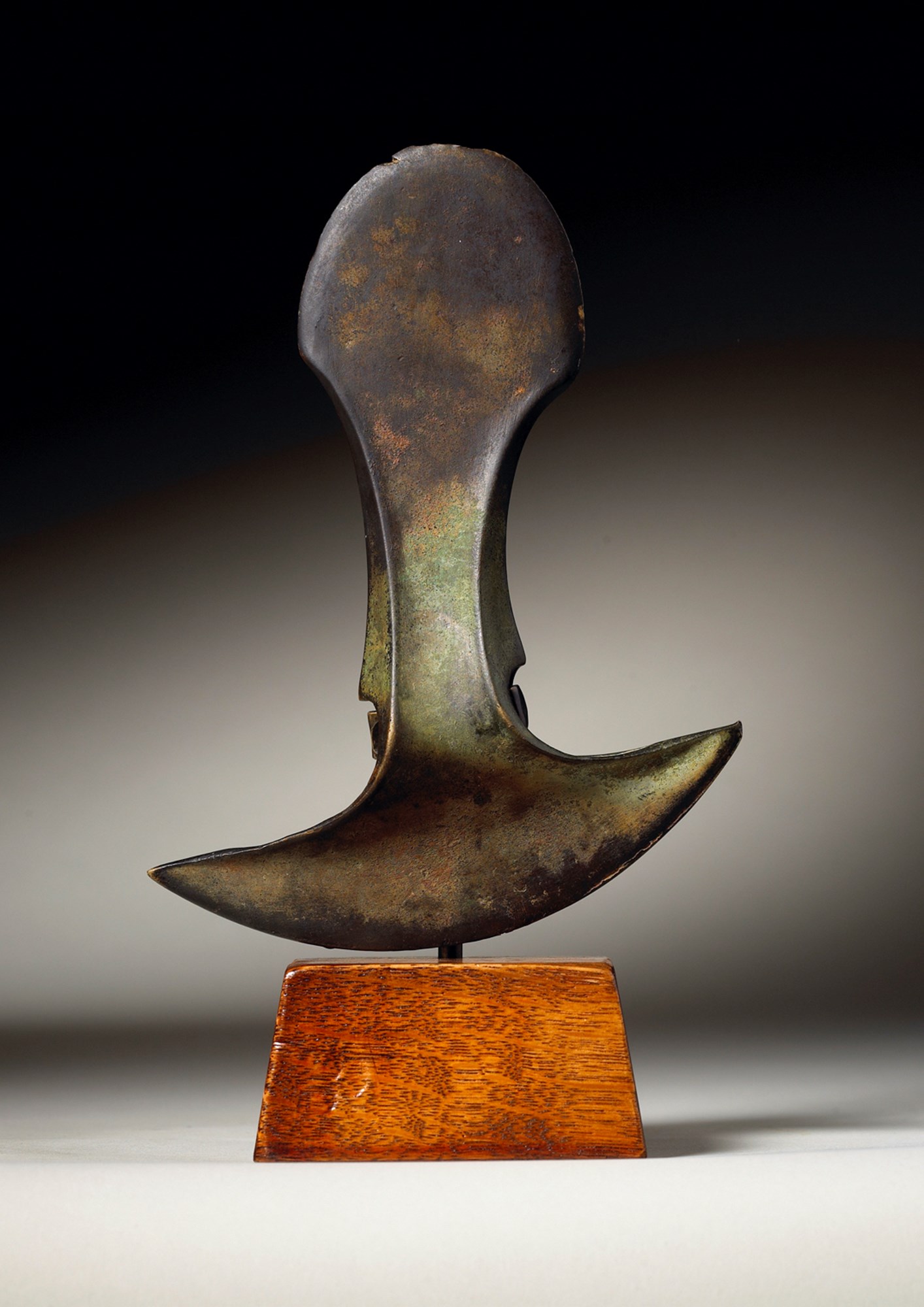

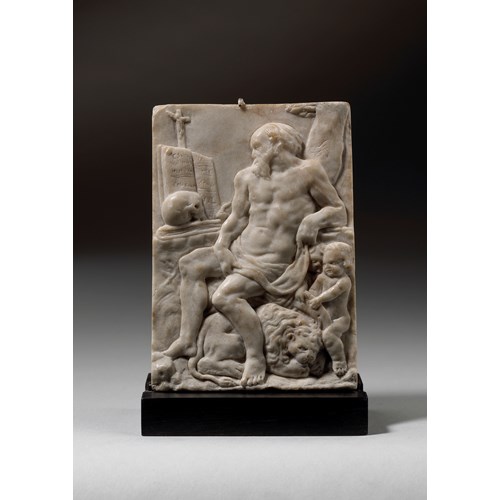
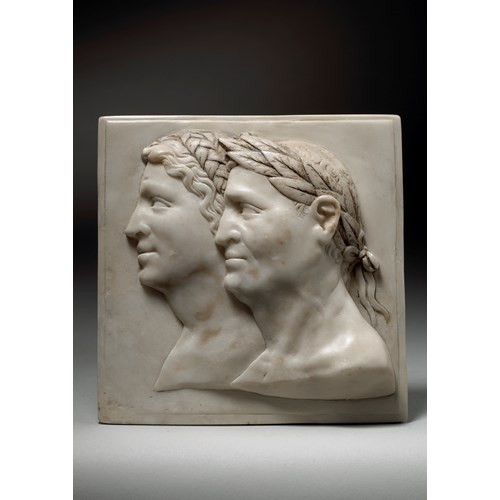
_T637826091842223862.jpg?width=500&height=500&mode=pad&scale=both&qlt=90&format=jpg)
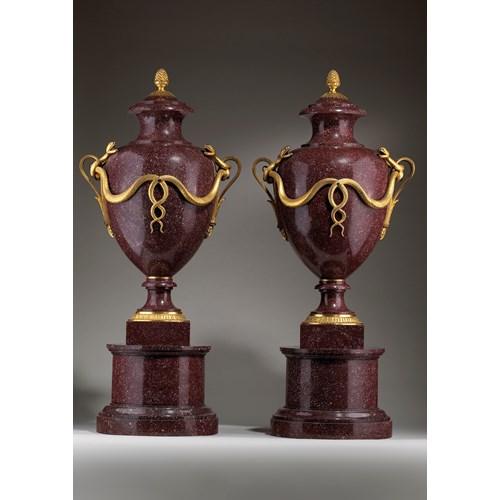
-17. The Flagellation of Christ_T638967357485452451.jpg?width=500&height=500&mode=pad&scale=both&qlt=90&format=jpg)
